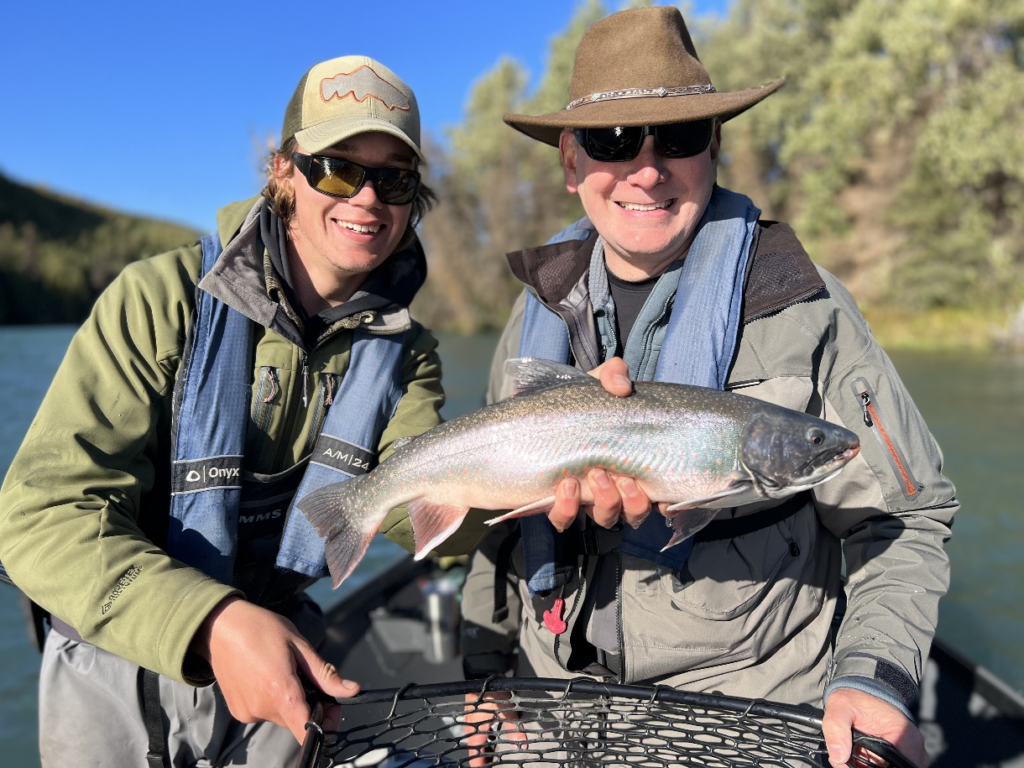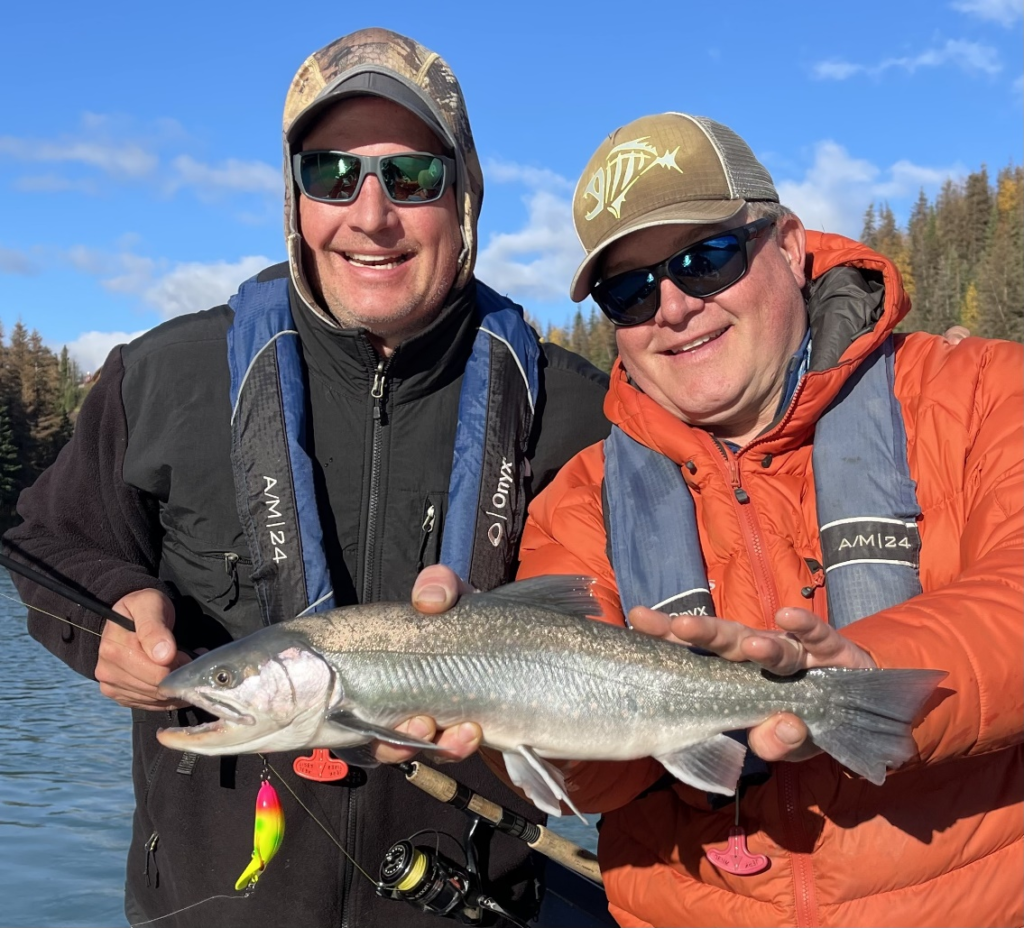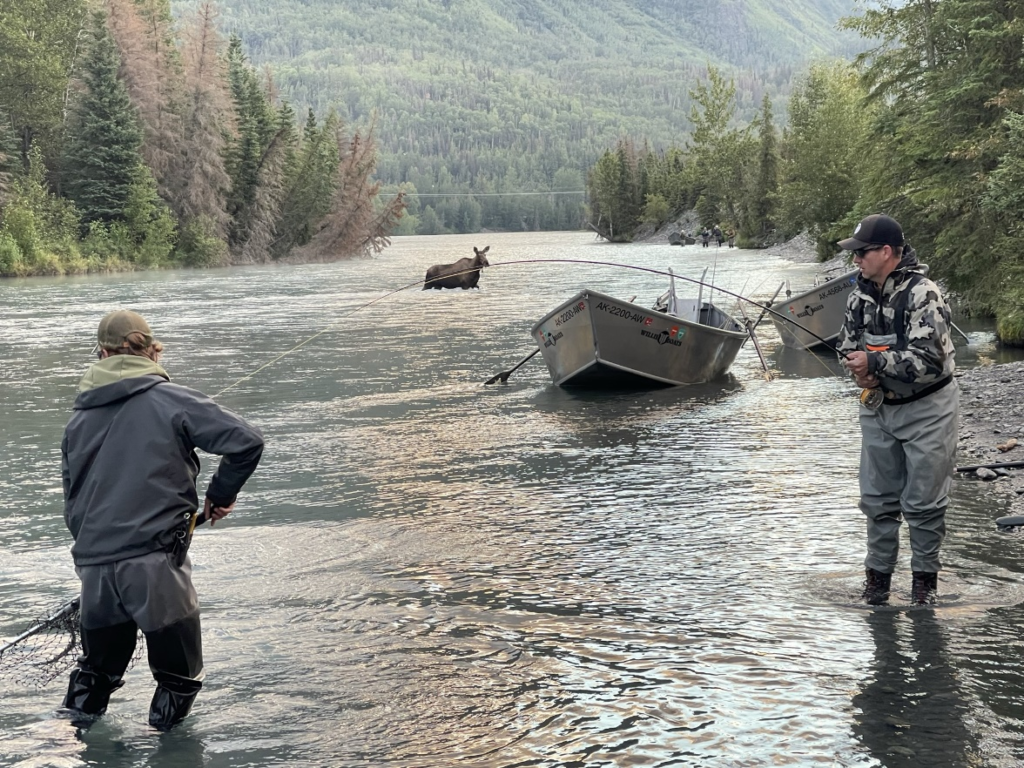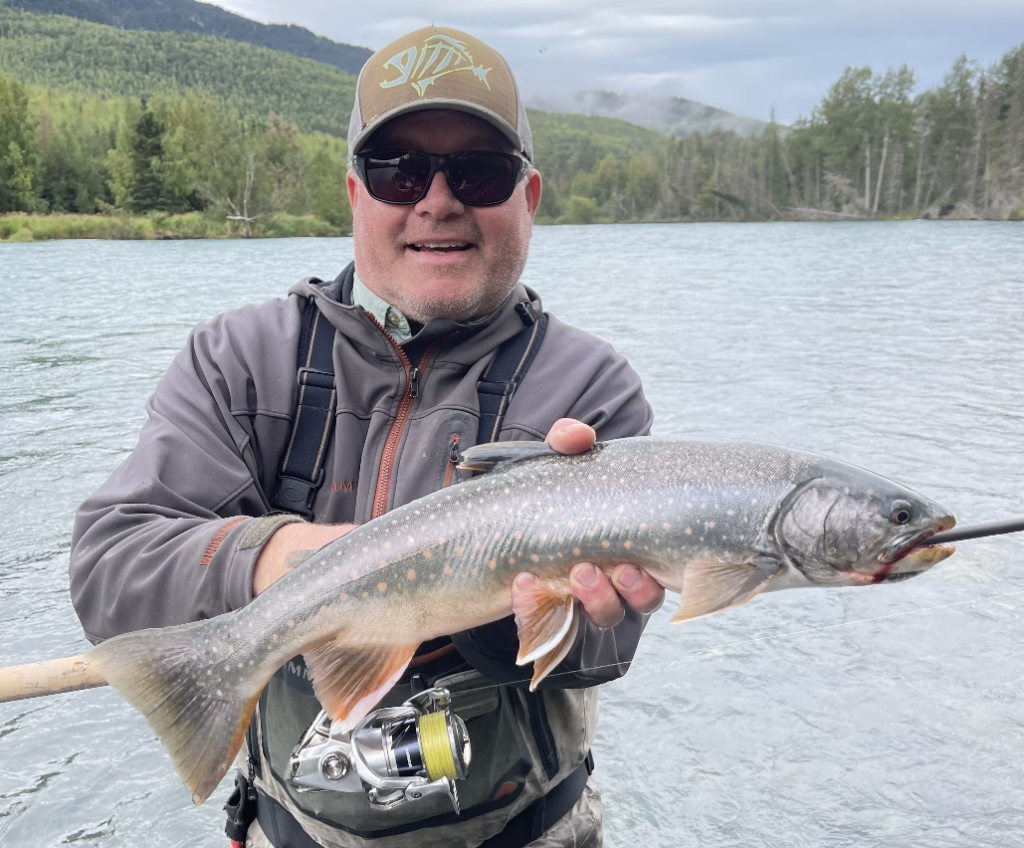Some anglers say there’s nothing more thrilling than the moment a Dolly Varden char tugs at the end of their line. It’s an electrifying burst of adrenaline that sets their heart racing and triggers an irresistible urge to engage in an epic battle.
Whether you’re a novice or an expert, you’ve come to the right place. We’re about to embark on a deep dive into the fascinating world of catching and releasing this unique fish. Let’s begin!
The Dolly Varden Char: A Brief Introduction
Known for its spectacular coloration, the Dolly Varden char is one of the most charismatic characters of the aquatic world. If you want to enjoy a successful angling adventure, make sure you understand its behavior, diet, and habitat.
A good grasp of its migration patterns, preference for certain types of prey, and other critical habits will help you plan your strategy like a pro and achieve the results you’re hoping for.
Tackling the Tackle: Gearing Up for Dolly Varden Char

Are you excited to kick-start your upcoming Kenai River fishing trip? Find the right balance between your equipment’s performance and the well-being of your aquatic adversary.
Fishing gear for Dolly Varden char should cater to the size and strength of these fish. Barbless hooks are a must for ethical angling. Why? They minimize potential injury to the fish and simplify the release process.
When the hook is embedded in the fish’s mouth, the lack of a barb allows for easy, swift, and less stressful removal. Swift release reduces the time the fish spends out of water. As a result, stress is minimized, and the survival rate increases.
A medium to medium-heavy rod is generally the ideal choice for Dolly Varden char. The rod should offer a good blend of sensitivity to detect those subtle bites and strength to handle the fight that Dolly Varden is likely to put up. Consider a rod between 7 to 9 feet for good casting distance and control.
For Dolly Varden char, a monofilament or fluorocarbon line is often a suitable choice. The line’s weight should correspond with the weight of your rod and reel. As for the leader, fluorocarbon is a popular choice due to its nearly invisible appearance underwater and resistance to abrasion.
Recommended Read: Must-Have Gear for Your Kenai River Fishing Adventure
The Art of the Catch: Mastering Techniques for Dolly Varden Char

Catching Dolly Varden char is an art; it’s a craft that blends skill, knowledge, patience, and a deep respect for the fish and its environment. Start by understanding the behavior of this unique fish.
Dolly Varden char are opportunistic feeders and primarily eat smaller fish, insects, and crustaceans. Observe the water for such organisms and the presence of foraging birds to develop a clue about potential Dolly Varden char hotspots.
Casting is an integral part of the Dolly Varden char fishing experience. Aim your cast to cover areas of deep pools, undercut banks, or structures where these fish may be lurking. The key isn’t just distance but also accuracy and control. You must learn to place your lure exactly where you want it.
Once a Dolly Varden char bites, the real excitement begins! These fish are known for their vigorous fights. Maintain steady pressure on the fish; allow it to run when it wants to, and reel it in when it tires. Throughout the process, make sure the fish isn’t excessively stressed.
As soon as the Dolly Varden char is close to the shore or boat, prepare for landing. Use a knotless, rubber-coated net to minimize harm to the fish. Keep the fish in the water as much as possible and keep its gills wet. When removing the hook, be swift yet gentle.
The release is the most critical part of the process. Lower the net into the water and let the fish swim out of it. If the fish appears fatigued, hold it gently in the water and point it into the current until it revives and swims away.
The art of catching Dolly Varden char lies in not just the thrill of the catch but also the care and respect shown towards this magnificent fish. Each time you release this fish back into the waters of the Kenai River, you contribute to the conservation of this species and make your fishing experience even more rewarding.
Recommended Read: Dolly Varden Char: The Second Best Fish in the Kenai?
The Power of Ethical Angling: Why Catch and Release Matters
Catch and release is more than just a fishing practice. It’s a mindset that upholds the principle of respect for life and acknowledges our responsibility towards aquatic ecosystems.
Catch and release embodies an ethical approach to recreational fishing. It emphasizes the pleasure derived from the process of fishing itself: the quiet of nature, the thrill of the first bite, and the satisfaction of releasing it unharmed. By focusing on these aspects, anglers experience a deeper connection to nature and a greater appreciation of wildlife.
Catch and release is also a powerful tool for conservation. It highlights the importance of personal responsibility in preserving our natural resources. The act of releasing Dolly Varden char back into the water symbolizes respect and gratitude for the natural world.
It’s a moment of recognition that we’re part of a much larger, interconnected web of life and that our actions can directly impact this delicate balance.
Dolly Varden Char Locations

Just as an artist uses their knowledge and intuition to find the perfect subject for their masterpiece, an angler must use the same approach to find the elusive Dolly Varden char.
These fish love the cold, clear waters of northern rivers. Their habitat selection is shaped by factors like temperature, water flow, and food availability.
Structure is an essential component of Dolly Varden habitat. These fish often utilize submerged logs, rocks, and deep pools as hiding places and ambush points for prey. Anglers should focus their efforts on these areas. Cast near structure and work your lure or fly to mimic the natural movement of the char’s food.
The confluence of two rivers or a river and a tributary can be a hotspot for Dolly Varden. Additionally, tributaries may offer cooler temperatures during hot summer months and draw Dolly Varden upstream.
Understanding the seasonal movements of Dolly Varden is also critical. These fish migrate throughout the year, moving between the river and the sea. In the spring and early summer, many Dolly Varden migrate upstream to spawn. In the late summer and fall, these fish often move downstream to feed and prepare for winter.
Focus your efforts on lower river sections and near estuaries during this time. Finding Dolly Varden char requires knowledge, patience, and a bit of luck. When you find the perfect spot and that first char strikes your line, the thrill will be worth all the legwork!
Recommended Read: Prime Time to be on the Kenai
Book a Kenai River Fishing Trip
If you want to practice safe and thrilling catch and release, plan a Cooper Landing fishing trip with an expert, experienced, and skilled guide.
Jason’s Guide Service should be your first stop! Our fly fishing guides plan exhilarating, rewarding, and adventurous Kenai guided fishing trips to help you enjoy an unforgettable experience.
Whether you’re interested in catching and releasing Dolly Varden char, guided silver salmon fishing, Kenai rainbow trout fishing, or pink salmon fishing, we’ll help you enjoy an exciting adventure and gain valuable insights along the way.


